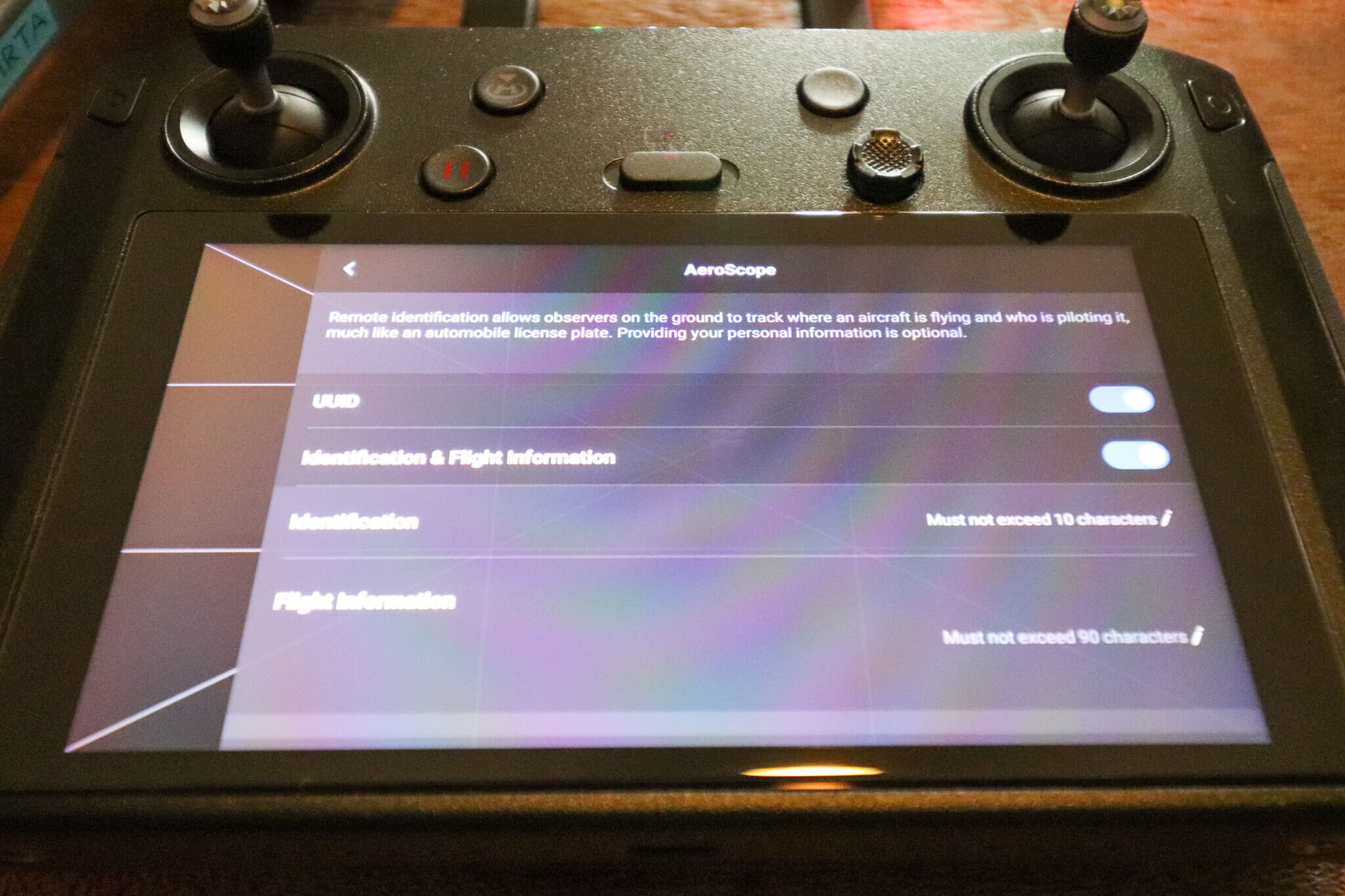What Is FAA Remote ID? 2021 New Drone Rule Overview
Commercial UAV operators have a slew of new rules to familiarize themselves with as of April 21st, 2021. The primary driver of all the new rules is the Remote ID requirements, allowing drone pilots greater operational capabilities and is considered by many as a required step for further integrating drones into the National Airspace System (NAS).
In this article, we’ll discuss the details of the FAA’s new Remote ID requirements, what these rules mean for you and your operations, how to remain compliant, and some final thoughts.
For a summary of all the new rules, read our article “2021 New FAA Drone Regulations: Summary and Overview”.
What Is the FAA’s Remote ID Rule?
The FAA recently published new rules for drone operators requiring them to comply with a new standard of self-identification called Remote ID.
Essentially, the rule states that any small unmanned aerial vehicle (or drone) must be capable of broadcasting and have turned-on, identification, location, and flight telemetry data to a third party.
The intent to create this rule was originally announced in the FAA’s Notice of Proposed Rule Making (NPRM), published on December 31, 2019. Since the final ruling has gone into effect on April 21, 2021, the FAA has stated three ways to meet the requirements, which go into effect for manufacturers on September 16, 2022; while pilots have another year until September 16, 2023 to become compliant.
The information that will be broadcast as part of Remote ID compliance is the identification information of the aircraft, the control station, and the operator, timestamped flight telemetry data such as the location of the operator/control station as well as the aircraft and its altitude and velocity, plus any emergency status that may occur. This information must be broadcast from takeoff to landing.
Three Ways to Comply with Remote ID
Standard Remote ID Drone:
Operate a drone/UAV with built-in remote ID broadcast capability built-in. As stated, manufacturers have until September 2022 to provide this functionality and pilots/aircraft owners have until September 2023 to upgrade their equipment. It’s important to note that many manufacturers like DJI and Parrot already provide Remote ID capabilities built into their aircraft.
Remote ID Broadcast Module:
Operate a drone/UAV with an aftermarket broadcast module, as stated above, in accordance with the rule’s requirements. This is most common for RE/model aircraft pilots and pilots of home-built aircraft.
Operate without Remote ID:
After September 16, 2023, drone pilots will only be permitted to operate non-remote ID compliant aircraft at FAA-recognized identification areas (FRIAs) that are sponsored by community-based and educational institutions.
Resources
Remote ID FAA Executive Summary
Remote ID for Drone Pilots Page
ProAerial Media provides aerial imaging services for an ever-expanding array of industries, as well as for events and individuals. Subscribe to our YouTube Channel to see our video work, and our Instagram feed to view our photography (@proaerialmedia). If you’re ready to fly, you can always book a flight from the ProAerial Media Website.
Thanks for reading. Take Flight. Take Pics. Get Clicks.



